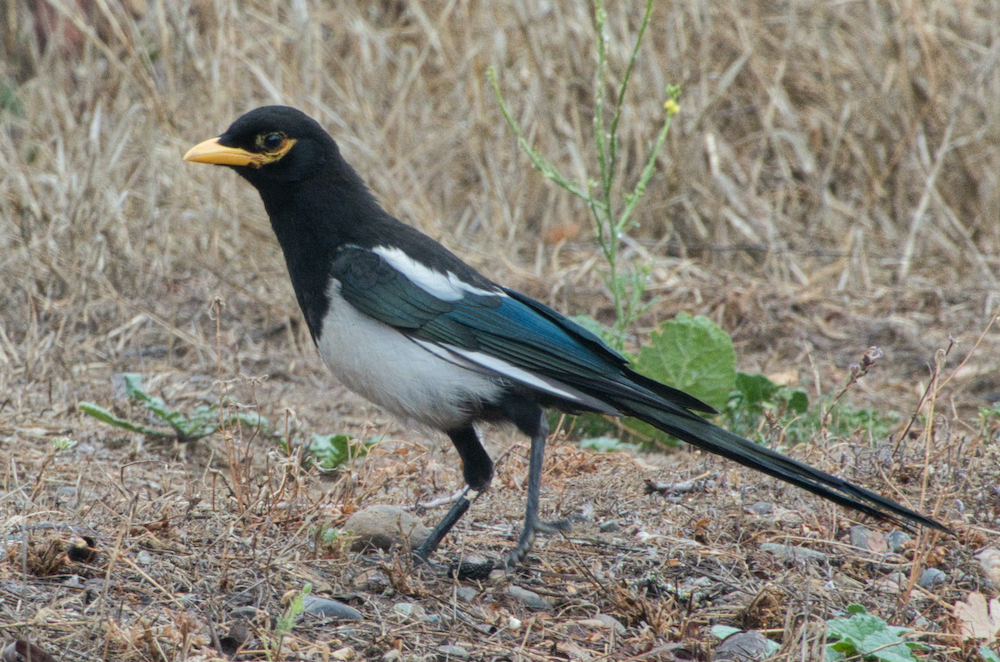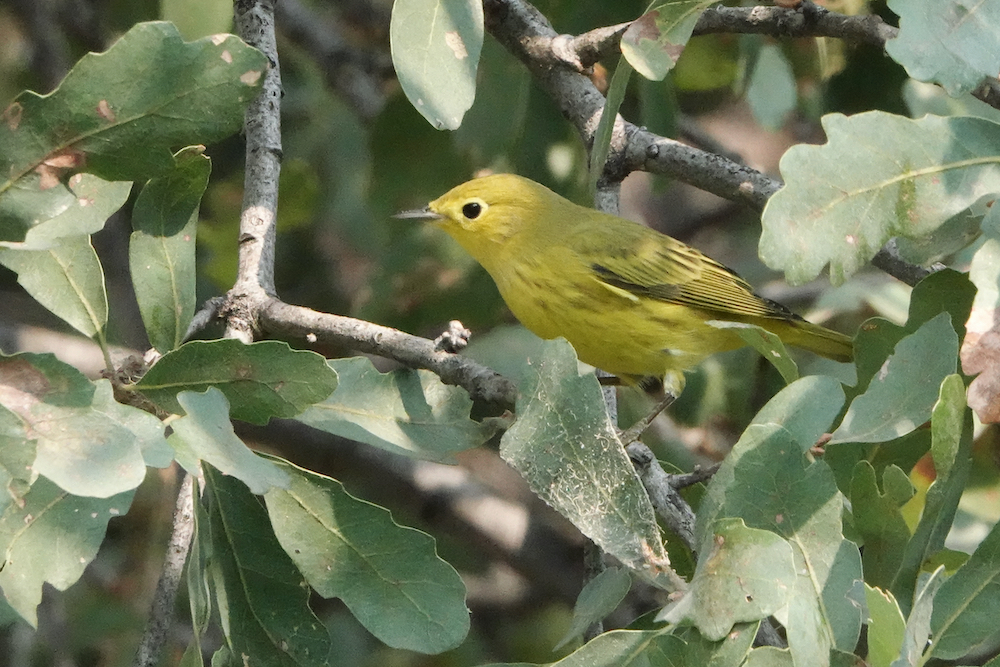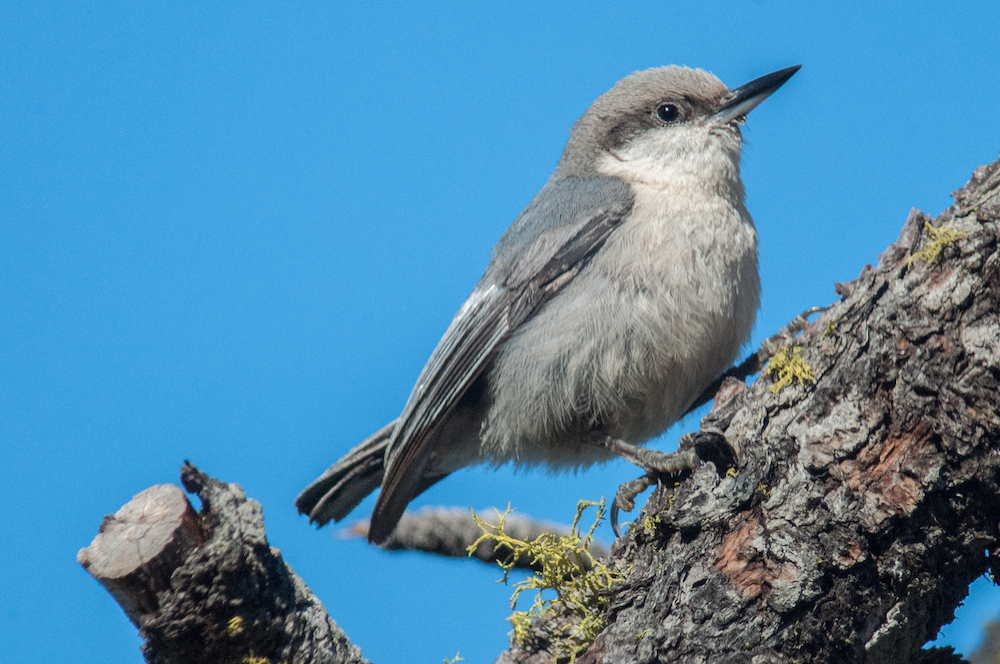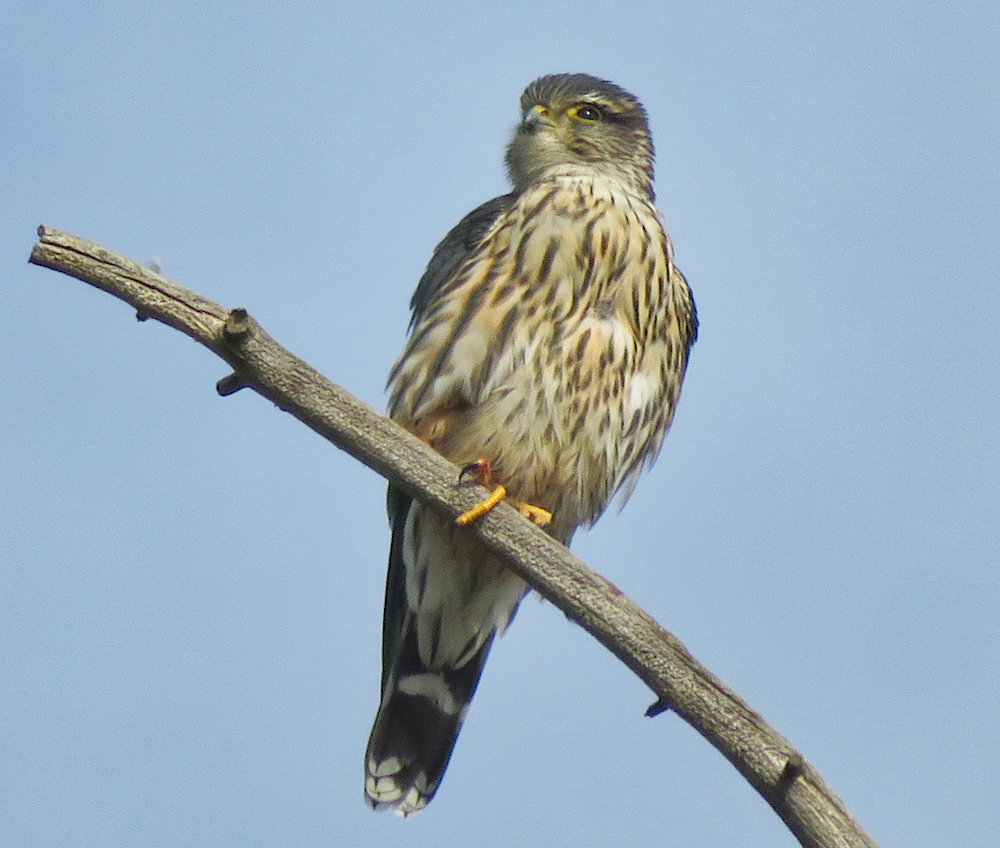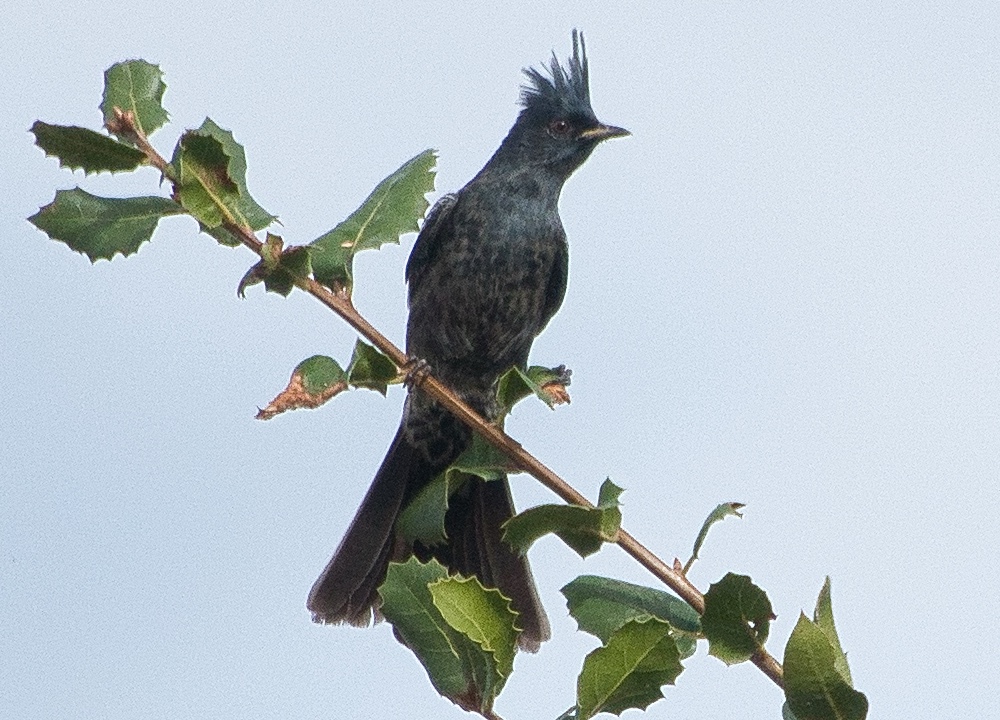
Location of where we will meet: 1000 Sale Lane, Red Bluff, CA. at the upper-level parking lot. South end of Sale Lane next to the Sacramento River Discovery Center.
Walking distance estimated at 2-2.5 miles (3-4 km), and most of the trails are level and paved.
Please join us on a journey with many trails at this very diverse public land with no fees. Sacramento River bisects 488 acres, at this Recreation Area of riparian forest, flowering grasslands, wetlands, and oak woodlands providing very diverse natural viewing experiences. This location is Tehama Region’s number one eBird’s hotspot. Ideal spot for migratory species in the fall and spring seasons. Also, a great home for many varieties of Sparrows, Warblers, Wrens, Woodpeckers, Waterfowl, and Wading Birds. Both the Acorn and Nuttall’s Woodpecker, California and Spotted Towhee, House and Bewick’s Wren, Yellow-billed Magpies and Phainopeplas are often found here year-round.
Recommend that you bring comfortable rugged footwear, plenty of water, snacks, and insect repellant.
Rain will cancel this event, and feel free to email me to confirm on any possible cancellations.
Trip Leader: Dan Bye, contact me by danbye56@gmail.com for more information.

